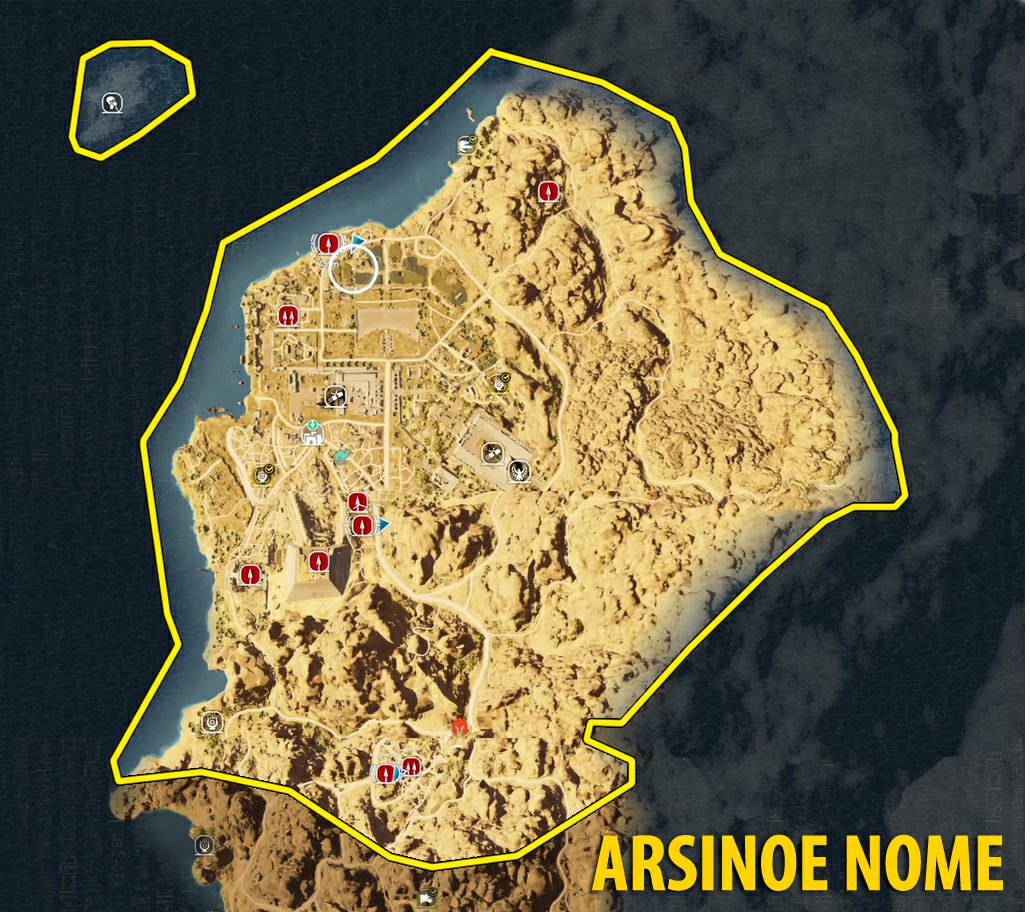


Yet a striking feature of the overseas territories was how rarely they were even discussed. Better to stick with a gentler term, used for them all: territories. “The word colony must not be used to express the relationship which exists between our government and its dependent peoples,” an official admonished in 1914. Within a decade or two, after passions had cooled, the c-word became taboo. That spirit of forthright imperialism didn’t last. They were, as Theodore Roosevelt and Woodrow Wilson unabashedly called them, colonies. At the turn of the 20th century, when many were acquired (Puerto Rico, the Philippines, Guam, American Samoa, Hawaii, Wake), their status was clear. H awaii, the Philippines, Guam – it wasn’t easy to know how to think about such places, or even what to call them. “To Manilans the war was here, now, happening to us,” the reporter wrote.

This was not how it looked from the Philippines, where air-raid sirens continued to wail. Roosevelt made the war “seem to be something close to Washington and far from Manila”. Yet he only mentioned the Philippines, the reporter noted, “very much in passing”. The president spoke of Hawaii and the many lives lost there. One reporter in the Philippines described the scene in Manila as the crowds listened to Roosevelt’s speech on the radio. If the Philippines was being rounded down to foreign, Hawaii was being rounded up to “American”. Damage there, Roosevelt continued, had been done to “American naval and military forces”, and “very many American lives” had been lost.Īn American island, where American lives were lost – that was the point he was trying to make. He changed it so that the Japanese squadrons had bombed not the “island of Oahu”, but the “American island of Oahu”. So, on the morning of his speech, he made another edit. Yet even when it came to Hawaii, Roosevelt felt a need to massage the point. Although it was a territory rather than a state, it was closer to North America and significantly whiter than the others. Hawaii, by contrast, was more plausibly “American”. Roosevelt no doubt noted that the Philippines and Guam, although technically part of the US, seemed foreign to many. But would the public see them that way? What if Roosevelt’s audience didn’t care that Japan had attacked the Philippines or Guam? Polls taken slightly before the attack show that few in the continental US supported a military defense of those remote territories. Were Japan’s targets considered “the United States”? Legally, they were indisputably US territory. Roosevelt was trying to tell a clear story: Japan had attacked the US. Why did Roosevelt demote the Philippines? We don’t know, but it’s not hard to guess. At some point he deleted the prominent references to the Philippines. Yet Roosevelt toyed with that draft all day, adding things in pencil, crossing other bits out. That was how the first draft of FDR’s speech went, too: it presented the event as a “bombing in Hawaii and the Philippines”. Eleanor Roosevelt used a similar formulation in her radio address on the night of 7 December, when she spoke of Japan “bombing our citizens in Hawaii and the Philippines”. Sumner Welles, FDR’s undersecretary of state, described the event as “an attack upon Hawaii and upon the Philippines”. “Japs bomb Manila, Hawaii” was the headline in one New Mexico paper “Japanese Planes Bomb Honolulu, Island of Guam” in another in South Carolina. They also attacked the British colonies of Malaya, Singapore and Hong Kong, and they invaded Thailand.Īt first, “Pearl Harbor” was not the way most people referred to the bombings. On a single day, the Japanese attacked the US territories of Hawaii, the Philippines, Guam, Midway Island and Wake Island. Sixteen million Filipinos – US nationals who saluted the stars and stripes and looked to FDR as their commander in chief – fell under a foreign power.Ĭontrary to popular memory, the event familiarly known as “Pearl Harbor” was in fact an all-out lightning strike on US and British holdings throughout the Pacific. There, the initial air raids were followed by more raids, then by invasion and conquest. Japan’s bombers struck, retreated and never returned. The attack on Pearl Harbor was just that – an attack.


 0 kommentar(er)
0 kommentar(er)
